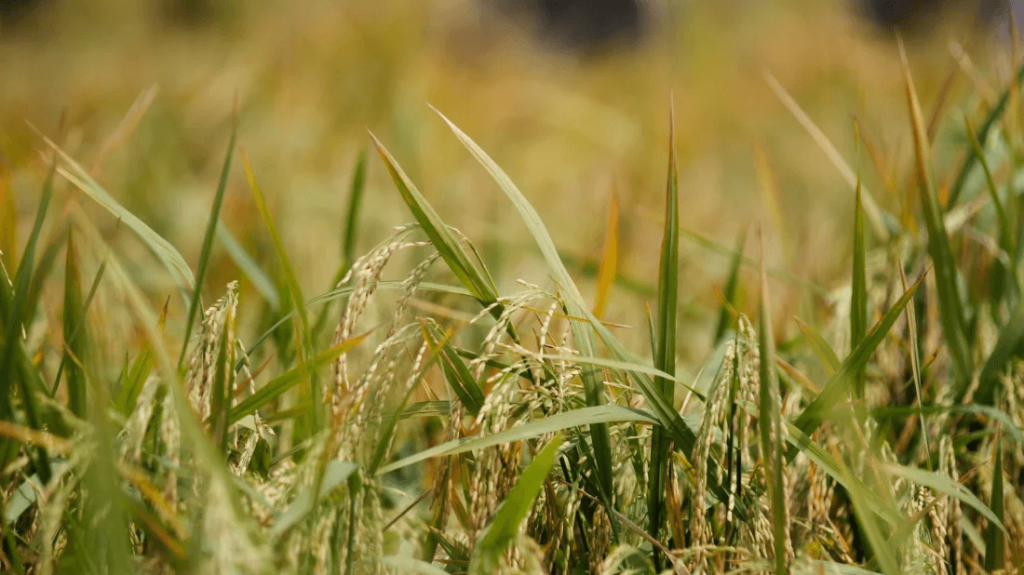Tags
Rice scientists rise to the occasion
After a year ravaged by recurrent flooding, Bangladesh readying varieties to withstand submergence.

Reaz Ahmad
Struck by recurrent flooding Bangladesh lost anything between half a million to one million tons of rice in 2024.
Floodwaters deluged Haor zone of northeastern Bangladesh in June last year followed by several bouts of flooding in August and October in various other rice-growing districts across the country.
Taking cue from the flood-induced crop losses, rice scientists now have given topmost priority to develop new rice varieties capable to withstand flood and submergence.
Director in charge of research at the country’s premier rice research centre – Bangladesh Rice Research Institute (BRRI), Dr Md Rafiqul Islam, said some of their advanced rice breeding lines in the pipeline would come handy to farmers ravaged by floods in the future.
These include – a variety expected to be tolerant to tidal submergence in the coastal region, another one having capacity to withstand both flooding and salinity and yet another variety suitable to grow in deepwater.
The BRRI Director shared some of the promising features of these upcoming rice breeding lines at the Institute’s weeklong research review event that kicked start on Saturday at BRRI Gazipur headquarters.
With 6 tons per hectare yield potential, the proposed tidal submergence tolerant rice – BRRI dhan109 – is expected to give one-ton higher yield than that of previously released BRRI dhan44, which is somewhat tolerant to submergence in non-saline coastal areas.
BRRI’s upcoming variety BRRI dhan110 has shown tolerance to three-to-four weeks of complete submergence at field trial. After reeling under floodwaters for 26 days, this proposed variety showed potential of giving six tons per hectare yield. At the same time, it’s tolerant to salinity.
Besides, another variety in the pipeline – BRRI dhan111 – is expected to give promising results when in semi deepwater condition.
Deepwater rice is a type of rice that can grow in water that is more than 50 centimeters deep for at least a month. It is a semiaquatic plant that is grown in flood-prone areas.
Are the farmers getting access to new breeds?
While BRRI boasts developing in excess of a hundred rice varieties that include in-bred and hybrid high-yielding varieties (HYVs) over the past 50 years, criticism remains on not-popularizing many of these varieties among the farming communities of Bangladesh.
Participants at BRRI’s annual research review workshop sounded cautions against BRRI’s going overboard releasing too many rice varieties but not doing much in making sure that farmers get access to all the options and have the choice of picking the ones that suit to their respective soil conditions.
Some of the BRRI’s mega rice varieties like BRRI dhan28, BRRI dhan29, released many years ago, still remained high on demand and covers most of the country’s rice lands.
Among the participants there were some of the Institute’s former scientists as well as many farmers and private sector farm entrepreneurs. Some of them also recommended that BRRI needed to investigate the reasons what made some of the rice varieties coming from across the border so popular in adjoining districts in northwestern Bangladesh.
They also emphasized on the government’s agricultural extension’s role in making farmers aware of BRRI released promising varieties and vital roles of public and private sector seed agencies in making seeds of each of the varieties available in the market.
BRRI Director General Dr Mohammad Khalequzzaman appreciated the feedback and said his Institute played a big part of Bangladesh’s quadrupling the country’s yearly rice output from less than 10 million tons in 1972 to over 40 million tons now. He described of multipronged approaches the BRRI has taken to further accelerate the country’s rice production.
https://www.dhakatribune.com/bangladesh/371280/rice-scientists-rise-to-the-occasionPublished Date: January 20, 2025






